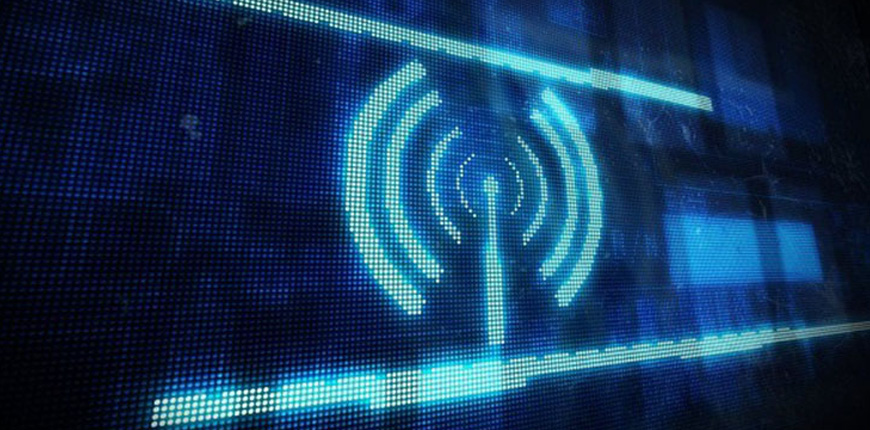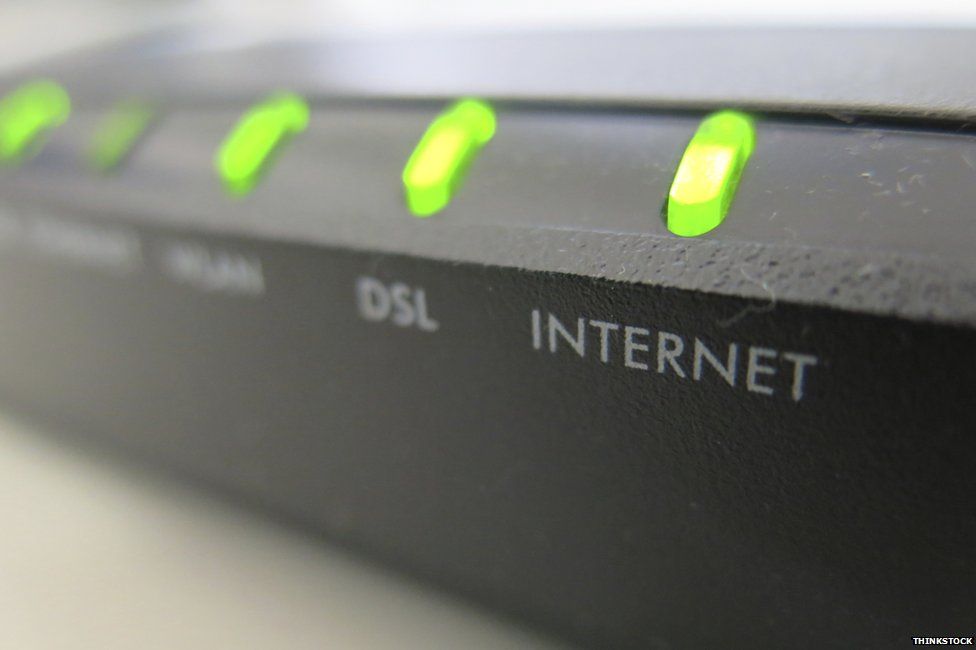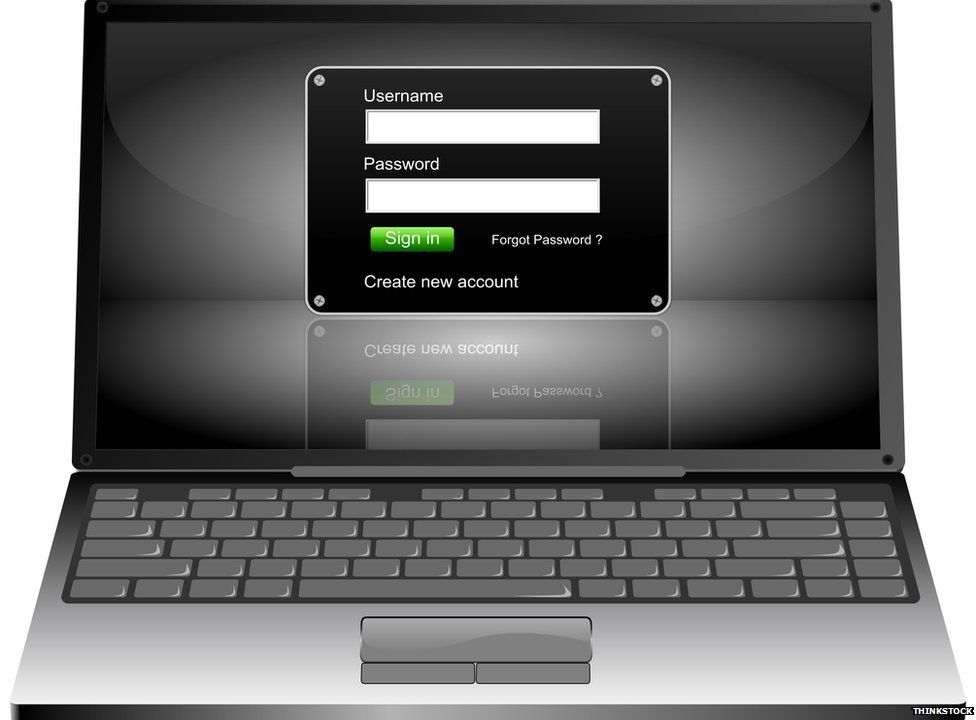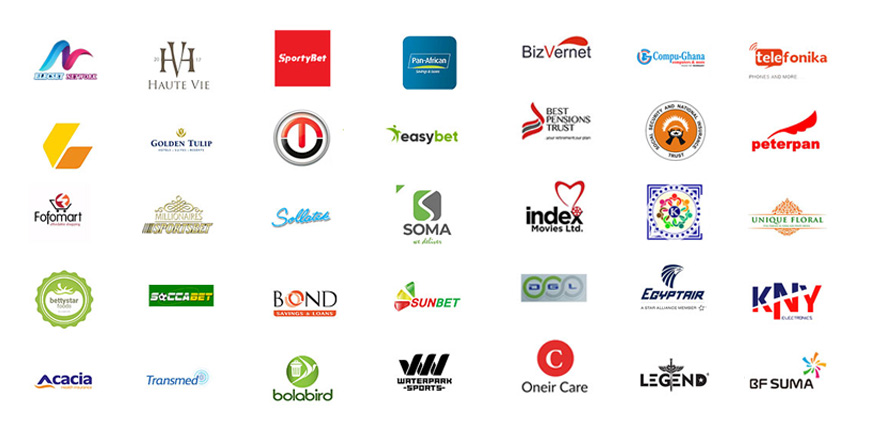
Fairy lights on Christmas trees can cause slower broadband speeds, according to Ofcom.
The communications watchdog says wireless networks in homes and offices are often set up incorrectly or they’re suffering from “interference” from electronics with wiring like baby monitors and things like microwaves.
Ofcom has launched a free app called Wi-Fi Checker which allows you to test the quality of your signal and ways to make it better.
Here’s our 10-point guide to making your signal strength stronger.
1. Upgrade your router

The routers that come with your broadband packages are fairly decent these days.
But if you want a really fast wi-fi connection at home, why not ask for a new router for Christmas?
The latest bits of hardware will make your broadband go further and perform better.
2. Move your router

Probably best to make sure your router doesn’t have a plant on it
This may be common sense to some but the higher up, the better.
So put your router on the top floor of your house if you can, on top of furniture and near the middle of the house. And keep it off the floor if you want a decent signal.
But you’ll obviously have to think about how practical that may be as the router needs an Ethernet cable, power, and/or coax.
3. Change the channel on your router
This one’s a bit more technical, but most routers these days come with dual bandwidths (look in the booklet your hardware came with).
Basically – most routers run on the 2.4GHz frequency – but so do many other household appliances like microwaves, baby monitors, Bluetooth, CCTV, and cordless phones.
If you change to the 5GHz frequency you should have less interference. Your neighbor will also probably still be using 2.4GHz as well, so that’s one less source of interference – or in this case “contention”.
4. Cut down on interference (attenuation)
Lots of things can affect your Wi-Fi signal, which is why Ofcom mentioned fairy lights.

Make sure your cat doesn’t interfere with your signal either…
But any electrical cable can have a negative impact if they’re in the way – as can metal doors, aluminium studs, wall insulation, water (fish tanks, etc), mirrors, halogen lamps, filing cabinets, brick, glass and concrete.
Anything that affects signal strength is actually called attenuation – just so you know.
5. Update your software
Make sure your router has the latest updates.
Software is improved constantly plus the newest mobiles and laptops will obviously connect at higher speeds to a stronger wi-fi signal.
More important though is what’s called Signal to Noise Ratio (SNR) which will actually determine the data speeds at which a device will connect.
Just because you can see five bars on your device doesn’t mean you’re guaranteed high data rates.
6. Think about extenders
Extenders work by pushing your existing signal further. You can use older routers to do this for you, but it’s a bit technical to hack into them.
The easiest thing to do is to buy an extender, or even better, use powerline technology.
That’s when you plug an adapter into your mains sockets and the Wi-Fi is amplified using the electrical wiring in your walls.

Probably best not to use the household wiring if it looks like this though…
Also, if you have an older router with antennas, you can buy better ones.
7. Share with your neighbours?
If you live in a block of flats and get on with your neighbours, you could share a shiny new router.
That way the person at the top of your block (see point two) could beam Wi-Fi into the rest of the building and you share the cost. But if you live at the bottom you may get a weaker signal.
You could also use your phone or laptop as a hotspot or get MiFi.

If there’s someone using lots of bandwidth in the house (we’re thinking gamer or heavy video streamer), you can also use Quality of Service to prioritise what gets the best Wi-Fi signal.
8. Secure your wi-fi
If you don’t like your neighbours, or if you just want a more secure network, use a different Wireless Security Protocol – WPA/WPA2 instead of WEP (this is quite complicated but basically just search for your router online and ask the web how to change it).
Quiz fact: WEP is Wired Equivalent Privacy and WPA is Wi-Fi Protected Access.
You can also limit the number of devices your wi-fi will support with something called MAC addresses (media access control addresses). Again there are lots of self-help guides online.

9. Don’t publicise your signal
You know when you search for public wi-fi and it comes up with lots of options (depending on where you live obviously)?
Well, if you haven’t secured your network, other people can obviously use your wi-fi signal.
You can make your network private by adding a password but you can also make it even more secure by going to your administration page and unchecking “Enable SSID Broadcast”.
This will take your signal off most people’s wi-fi smartphone lists but there are apps that can find your “hidden” signal.
10. And if all else fails… use tin foil
This one’s a bit more left field, and seemingly unproven, but seems to work sometimes.

Just get some tin foil from your kitchen, curve it around the back of your router, and away you go.
You may want to download a free Wi-Fi speed-checking app to test signal strength before and after.
People have also used a variety of other metal objects behind their routers from beer cans to sieves and graters. We’ll leave that one up to you.
Credit: BBC Newsbeat

Related
October 11, 2019| 2 minutes read
October 4, 2019| 2 minutes read
The History of Online Shopping
September 20, 2019| 2 minutes read







